Tiendas Departamentales Lotte (Sucursal de Avenuel) (롯데백화점 본점 에비뉴엘)
7.1Km 2024-02-20
Namdaemun-ro 73, Jung-gu, Seúl.
Calle Comercial de Lentes de Namdaemun (남대문 안경상가)
7.1Km 2025-06-19
Namdaemunsijang 4-gil, Jung-gu, Seúl
Mangnae Hoejip (막내회집)
7.1Km 2021-04-09
34-11, Namdaemunsijang, 4-gil, Jung-gu, Seoul
+82-2-755-5115
It is a Hoejip (raw fish restaurant) with 26 years’ tradition. This Korean dishes restaurant is located in Jung-gu, Seoul. The representative menu is sliced raw flatfish.
K-Pop Hotel Seoul Station Branch (케이팝호텔 서울역점)
7.1Km 2025-07-30
17, Huam-ro 60-gil, Jung-gu, Seoul
Seoul Naksan Stay [Korea Quality] / 서울 낙산 스테이 [한국관광 품질인증]
7.1Km 2023-04-13
Samseongyo-ro 4-gil, Seongbuk-gu, Seoul
Seoul Naksan Stay is a guesthouse in a downtown area. The owner, who originally ran a guesthouse in Yongin, Gyeonggi-do, opened this guesthouse after moving to Seoul. Naksan Stay is located at the low end of the fortress wall of Naksan Park, which is a great place to enjoy the night view of Seoul. The guesthouse has two gates: one leading to the small building where the owner and her family reside, and the other one leading to a bigger building that serves as a guesthouse with a spacious two-story room. Majority of the guests are from France and Russia. It’s a great place to stay for those wishing to enjoy the daytime and nighttime views of the city.
Yangyeon Hwaro(양연화로)
7.1Km 2020-11-19
18, Samil-daero, 17-gil, Jongno-gu, Seoul
+82-2-3210-0808
A Korean BBQ restaurant. The most famous menu is grilled pork belly. A barbecue specialty restaurant located in Jongno, Seoul.
Geumseonggwan Najugomtang (금성관나주곰탕)
7.1Km 2021-03-18
29, Namdaemun-ro, Jung-gu, Seoul
+82-2-753-7898
This is a Korean cuisine located in Myeong-dong, Seoul. The representative menu is Naju beef bone soup. It serves local dishes produced from Naju-si, Jeolla-do.
OH!WABA (오!바바)
7.1Km 2021-03-19
81, Seosulla-gil, Jongno-gu, Seoul
+82-2-6083-9167
A waffle shop. The best menu at this restaurant is waffle. This is a cafe located in Jongno, Seoul.
Tiendas Departamentales Lotte (Casa Central) (롯데백화점 본점)
7.1Km 2024-05-17
Namdaemun-ro 81, Jung-gu, Seúl.
Parque Marronnier (마로니에공원)
7.1Km 2021-07-07
Daehak-ro 104, Jongno-gu, Seúl.
El parque Marronnier tiene en su centro un árbol “marronnier” (castaño de Indias –Aesculus-) simbólico, y en el área se congregan toda clase de centros de eventos culturales al aire libre, exhibiciones de escultura y centros de arte. El área comenzó a desarrollarse en 1975, cuando la Universidad Nacional de Seúl fue trasladada aquí, y unos 50 teatros pequeños y 500 cafés concentrados en el área hicieron a este lugar un sitio de reunión y relajación enormemente querido por los jóvenes y ancianos por igual. El parque se vuelve especialmente concurrido los fines de semana, cuando las multitudes se congregan para compartir los eventos culturales. Las bandas y los cantantes, así como los grupos de baile y los comediantes se reúnen y dan actuaciones in situ. Los adivinos y los artistas callejeros también se hallan aquí y le dicen su fortuna o le dibujan retratos. El parque tiene muchos árboles y bancos para sentarse y relajarse, convirtiéndolo en el lugar ideal para la relajación y los paseos pausados. El parque Marronnier es una parte de Daehangno, la famosa calle conocida como la “meca de las obras”. Además de las obras, aquí hay muchas actuaciones culturales y restaurantes interesantes y cafés que hacen de este lugar el destino habitual de reunión favorito de muchos jóvenes.
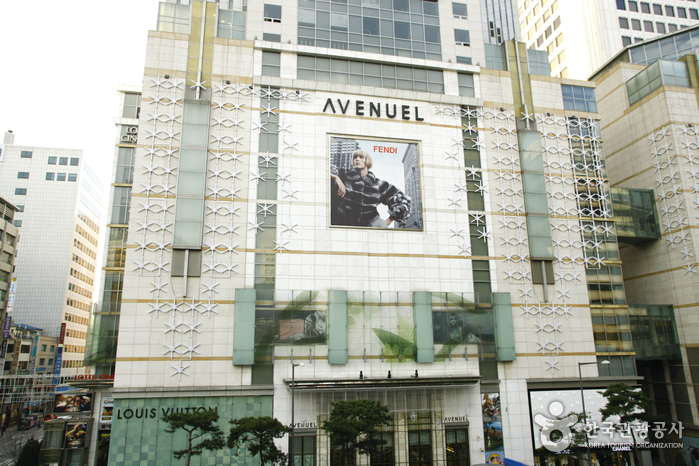
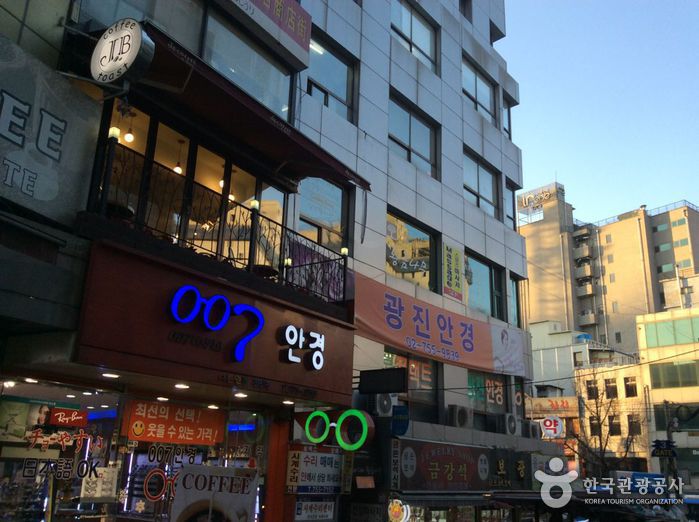
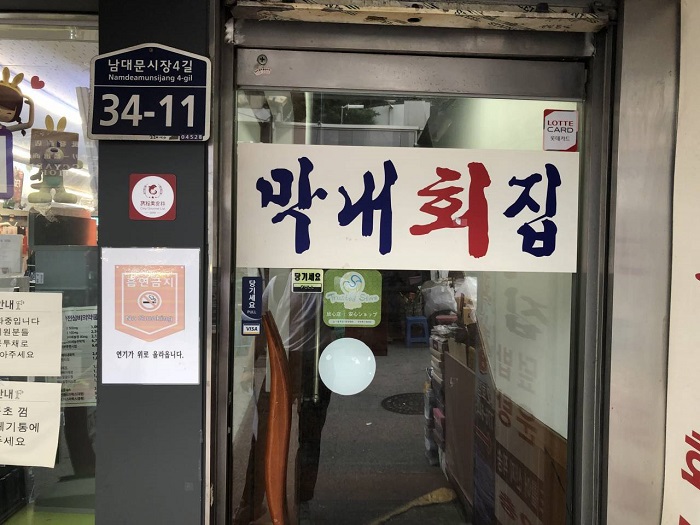
![Seoul Naksan Stay [Korea Quality] / 서울 낙산 스테이 [한국관광 품질인증]](http://tong.visitkorea.or.kr/cms/resource/00/2574600_image2_1.jpg)
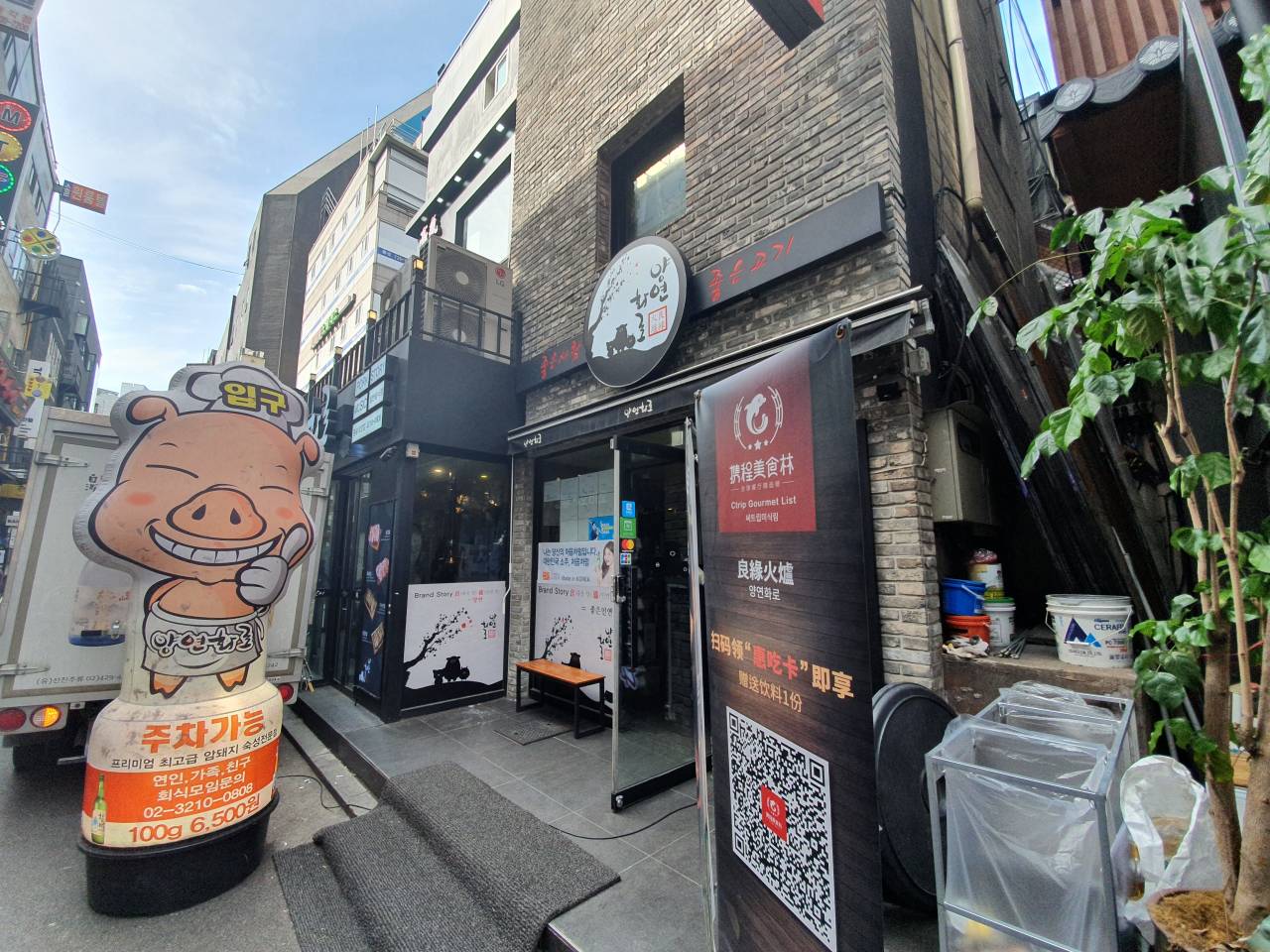
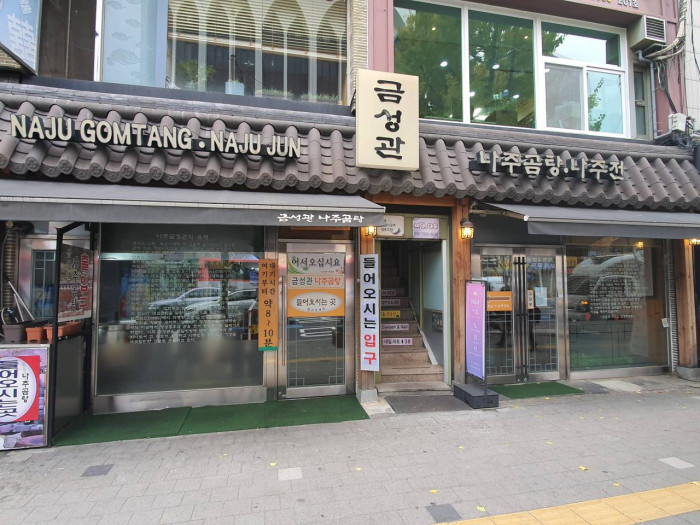

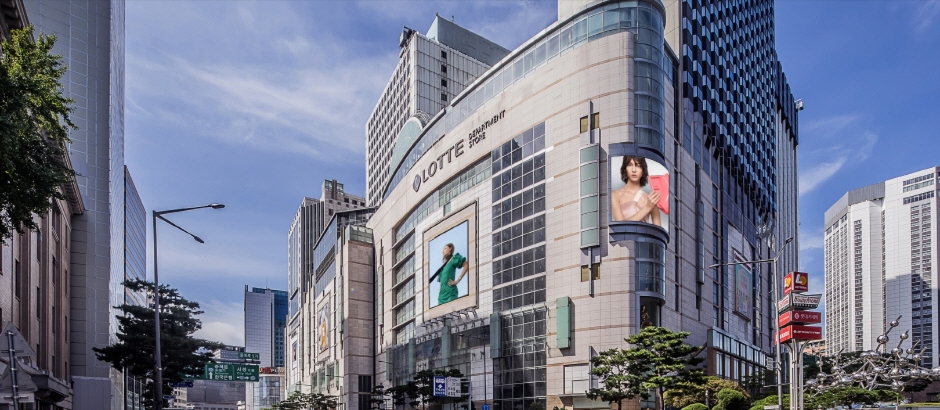
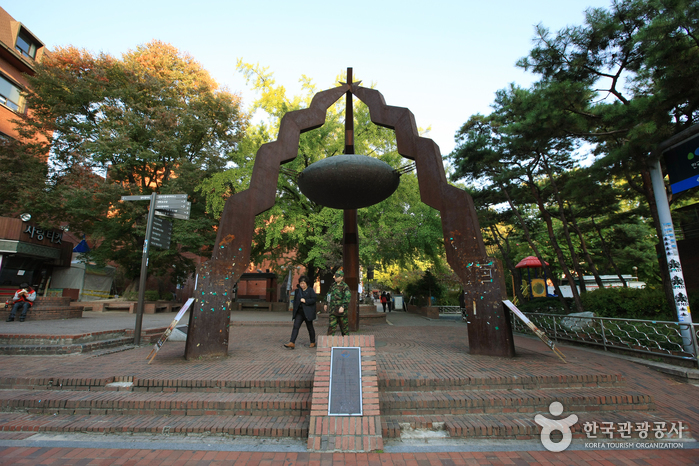
 Español
Español
 한국어
한국어 English
English 日本語
日本語 中文(简体)
中文(简体) Deutsch
Deutsch Français
Français Русский
Русский